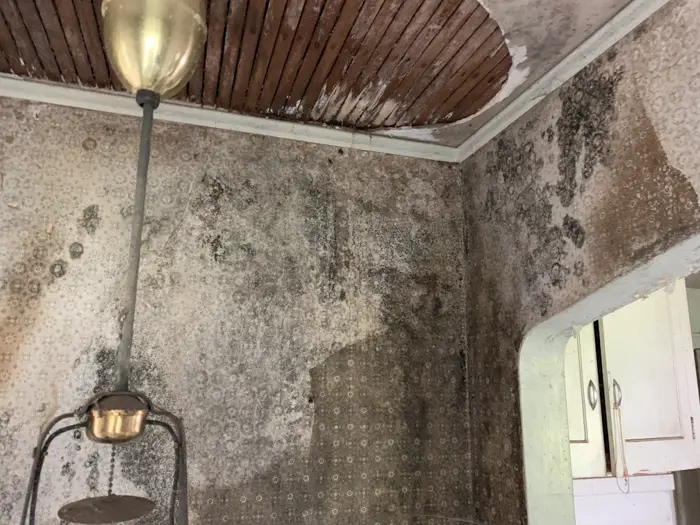What if the Mold Is In My Walls?
If you can’t see the mold, how do you know it’s there?
I get these questions a lot: what if the mold is in my walls, and how will you find it. First, let me say- good question! This is a common concern and you are not alone, so let me see if I can explain. It is not uncommon for us to get a call that goes something like this: I have been feeling ill for a while now and I just cannot shake it; I don’t see any mold but we did have a roof leak a few months ago (insert your water intrusion issue here). This is where we will discuss your issues and specifics of where you are having issues and what your concerns are. During this discussion the question inevitably comes up, “But if you can’t see the mold, how do you know it’s there?”
Let me begin to answer this question with how the inspection process works and how we determine if the environment exists for mold in your home. The first step in any inspection is a discussion with you, the homeowner, about what your concerns are and where you think the issues are. Then your inspector will begin with the outside of the home; here they are looking for any avenues for water to enter your home. After covering the outside they will move inside and do a visual inspection along with testing for moisture in building materials (walls, floors, etc.). This moisture hunt is how we determine if the environment exists for mold to grow. You see mold needs two primary things to grow, water and food. The water we can find with our moisture meters and other equipment, the food, well, that’s the home itself. The primary sources of food for mold in your home are any carbon-based (and particularly any cellulose, or wood- based) substance. In today’s structures, food sources for mold are readily available (sheetrock, wood wall studs, wood flooring or wood decking). Now if you have an attic space or crawl space, we check those areas too, but our primary concern is your living space and the air you are breathing.
It's at this point that we can make any recommendations for sampling. This will let us know if that stuff that looks like mold really is (this will be a surface sample) and it will let us know if the air you are breathing contains mold levels above what you are being exposed to outside (this is an air sample). It’s this air sample that lets us know if there is hidden mold and answers the earlier question of how will you find the mold in my walls. Let me explain how this works in a little more detail. As in any scientific comparison we need a control, something that gives us a baseline or “normal” for your particular home. We do this by taking an air sample from outside the home. This gives us a snapshot of the molds in the air around your home at that particular time and date. Now that we have something to compare to, we can look at the lab results from the sample we took inside the home. We are looking to see if it shows any levels that stand out as elevated above what the outside sample told us was in the air at the time. It is this comparison that lets us detect hidden mold. You see, if mold is growing in the walls we can detect the spores in our air samples. If the levels are higher than outside, then we know we have a source for that particular mold somewhere in the room. In some cases, however, we do encounter situations where an air sample in a room that has wet building materials will come back as normal from the lab. If this is a room or area where we or you feel there could be a hidden issue, we have another type of air sample that can be taken directly from the wall cavity; this will verify the presence of mold inside the wall.
So there you have it, the inside story of how we determine if you have hidden mold in your walls.


